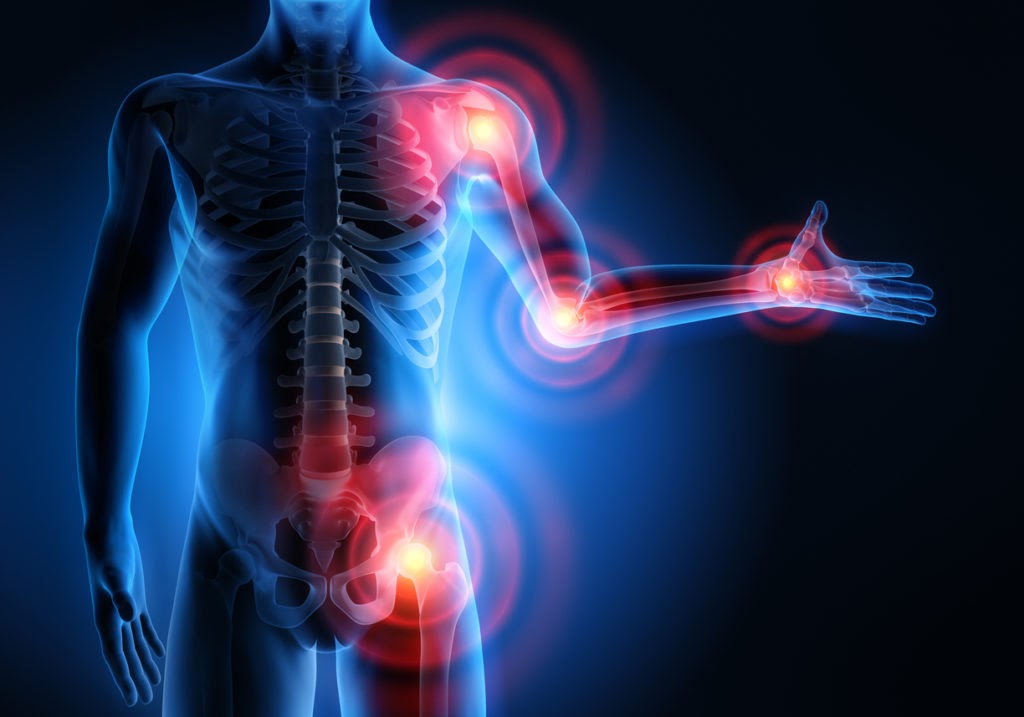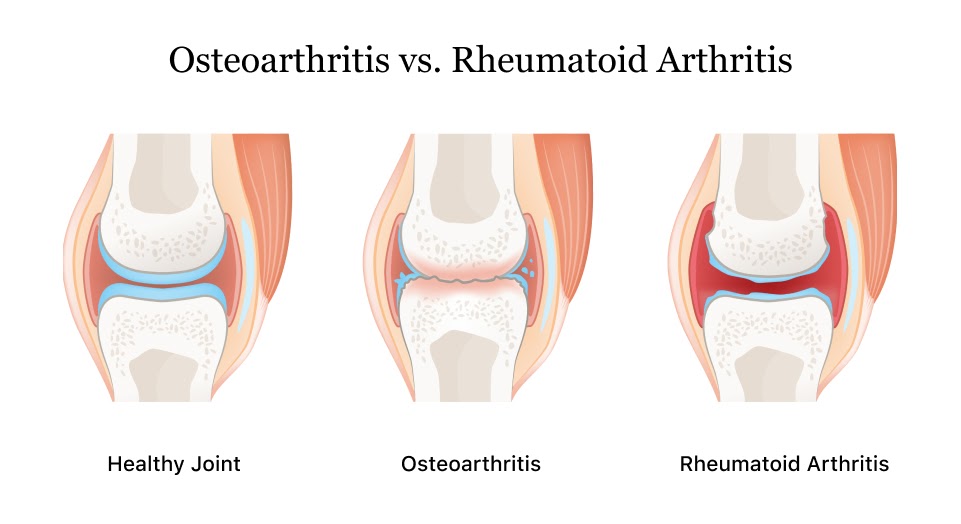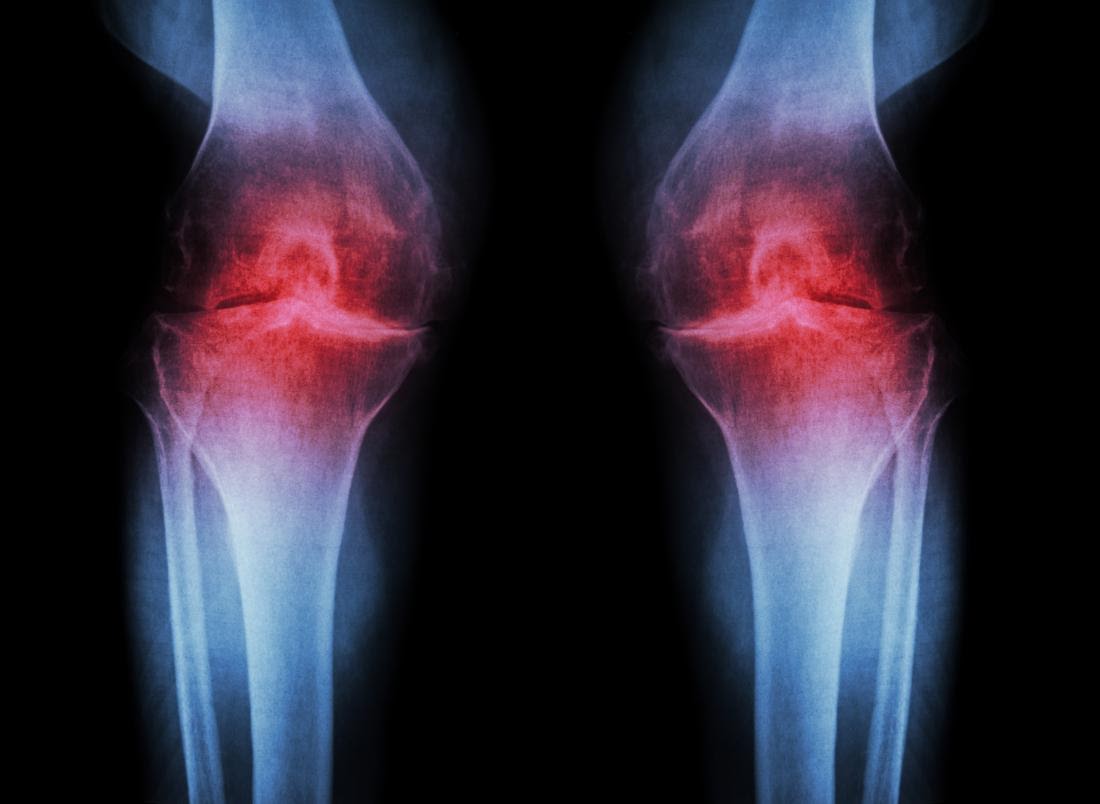The most common chronic joint disease is osteoarthritis (OA).
A joint is the point where two bones meet. The ends of these bones are protected by cartilage, which is a type of connective tissue. This cartilage breaks down as a result of OA, allowing the bones in the joint to rub together. This can result in discomfort, stiffness, and other side effects.
OA is more common in older people, but it can affect adults of any age. Degenerative joint disease, degenerative arthritis, and wear-and-tear arthritis are all terms used to describe OA.
In this article, Dr Sandeep Singh who is one of the best Orthopedic Doctors in Bhubaneswar will discuss everything you should know about osteoarthritis.
Causes of Osteoarthritis
Joint injury is the source of OA. This damage can build up over time, which is why one of the leading causes of joint damage that leads to osteoarthritis is age. Your knees have seen more wear and tear as you’ve gotten older.
“Past fractures, such as broken cartilage, dislocated joints, and ligament injuries, can also cause joint damage.” -Says Dr Sandeep Singh who is one of the best orthopedic doctor in Bhubaneswar.
Joint malformation, obesity, and poor posture can also increase the risk. Osteoarthritis is caused by a combination of risk factors, including family history and gender.
Cartilage and osteoarthritis
Cartilage is a tough, rubbery tissue that is thinner than bone and more flexible. Its aim is to protect the ends of bones in a joint while allowing them to move freely against one another.
These bone surfaces become pitted and rough as cartilage breaks down. This can result in joint pain as well as inflammation in the underlying tissues.
Damaged cartilage is incapable of self-repair. This is due to the absence of blood vessels in cartilage.
When cartilage is fully worn away, the cushioning barrier it provides vanishes, allowing bone-on-bone contact to occur. This can result in excruciating pain and other OA symptoms.

Severe osteoarthritis (OA)
It is a chronic disease that progresses through five stages, from 0 to 4. A normal joint is represented by the first stage (0). Extreme OA is represented by stage 4. Not all with OA will advance to stage 4 of the disease. Long before this point, the condition usually stabilizes.
In people with extreme OA, cartilage loss is extensive or complete in one or more joints. The resulting bone-on-bone friction can result in serious symptoms such as:
- Swelling and inflammation- It’s possible that the volume of synovial fluid in the joint will rise. This fluid normally aids in the reduction of friction during travel. It can, however, cause joint swelling in large doses. Broken-off cartilage fragments can also float in the synovial fluid, causing pain and swelling.
- Pain- You can experience pain when doing activities as well as when you are at rest. If you’ve used your joints a lot during the day, you may notice a rise in pain or swelling in your joints as the day goes on.
- Reduced range of motion- Because of weakness or discomfort in your joints, you might not be able to move as well. This can make it more difficult to enjoy the simple pleasures that used to come easily.
- Instability of the joints- It’s possible that the joints will become less flexible. If you have serious OA in your knees, for example, you can experience locking (sudden lack of movement). Buckling (when the knee gives out) can also occur, resulting in falls and injury.
- Some signs and symptoms- Muscle fatigue, bone spurs, and joint deformity may all occur when a joint wears down.
“Extreme OA causes irreversible joint damage, but medication may help alleviate symptoms.” -Says Dr Sandeep Singh who is one of the best orthopedic doctor in Bhubaneswar.

Rheumatoid arthritis vs. osteoarthritis
While OA and rheumatoid arthritis (RA) have similar symptoms, they are very different diseases. OA is a degenerative disease, which means that its severity worsens over time. Rheumatoid arthritis, on the other hand, is an autoimmune disease.
People with RA have immune systems that misinterpret the soft lining around joints as a danger to the body and assault it. The synovium is the soft lining that contains the synovial fluid. Fluid accumulation inside the joint occurs as the immune system launches its attack, causing stiffness, discomfort, swelling, and inflammation.
If you’re unsure about which type of arthritis you have, speak with your doctor. You should, however, conduct your own analysis.
Conclusions
OA is a chronic illness with no cure, but with therapy, the prognosis is good. Symptoms of constant joint pain and stiffness should not be overlooked.
You’ll get a diagnosis, start care, and improve your quality of life faster if you talk with your doctor as soon as possible.

